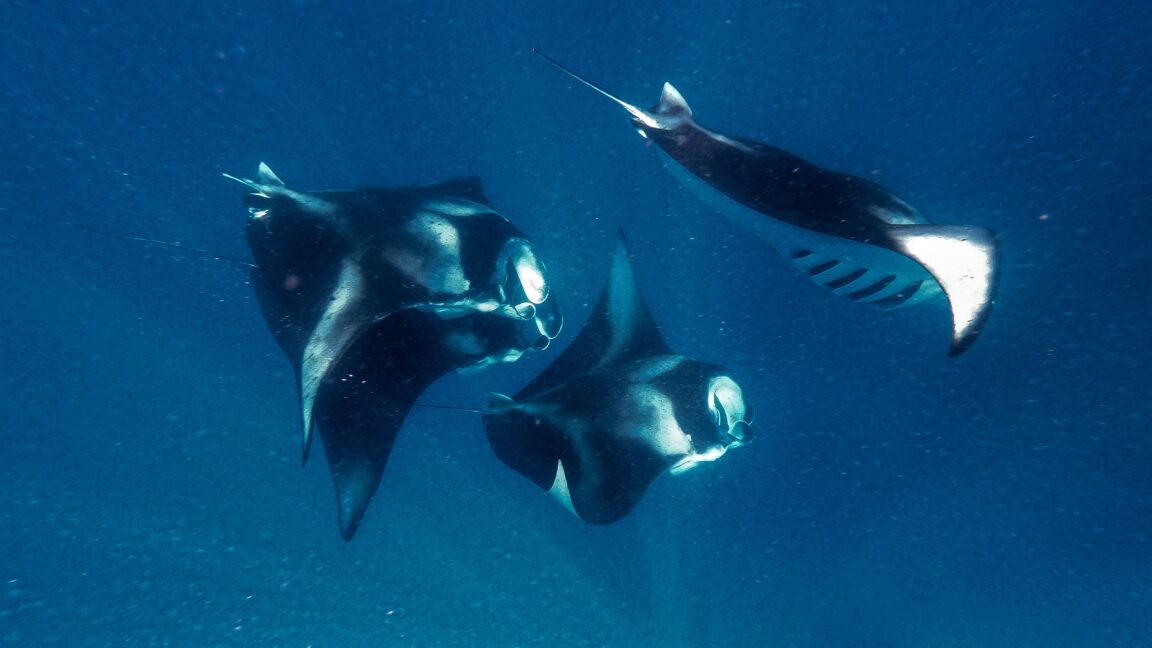Researchers have developed a unique robot capable of both underwater diving and surface return, drawing inspiration from the manta ray. This bio-inspired robot utilizes varied fin flapping speeds to control its depth. Slower flapping motions result in upward movement, while faster flapping propels it downward. The robot has also demonstrated the ability to retrieve payloads from the tank floor, bringing them to the surface.
Building upon this biomimicry, the same research team focused on the manta ray's feeding mechanism for potential improvements in industrial water filtration. Manta rays, efficient filter feeders, possess specialized mouthplates that facilitate plankton capture while simultaneously filtering water for respiration.
These mouthplates act as a sophisticated sieve. As water flows into the manta’s mouth, plankton and other particles are diverted towards the stomach, while filtered water passes over the gills for oxygen absorption. Inspired by this natural system, the researchers 3D-printed filter plates to replicate the manta’s filtering method.
These plates were designed with narrow openings, mimicking the manta's mouthplates. By controlling the water flow rate, the researchers discovered a vortex effect created that can separate water from the other particles. Slower pumping allows small particles to pass, while faster speeds create a vortex that effectively filters out particles.
This natural filter mechanism, revealed through the study of manta rays, suggests new approaches for industrial filter design. It highlights the efficiency of combining water filtration and oxygen absorption in a single system. The study, recently published in PNAS, suggests that incorporating vortex action could represent a significant advancement in the field of industrial filtration.
The convergence of nature's design and engineering innovation is not limited to filtering, the study illustrates how the manta ray’s effective use of physics influences its movement and feeding habits. Through this ongoing research, scientists continue to identify and adopt nature’s ingenious solutions for contemporary engineering challenges.







